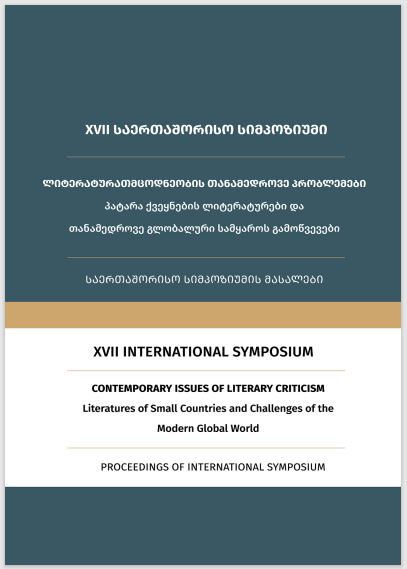Published 2024-12-20
Keywords
- poetry,
- artistic symbol,
- time factor,
- society,
- ideology
Abstract
The transformation and change of symbols can vary depending on the poet’s perspective on time and ideological structure, and may evoke different associations in the work of each poet. Sometimes, the different interpretations of the same image-symbol in the works of different poets aim to reveal their stylistic characteristics, as well as their moral-ethical, ideological, and political views. The emergence of various shades of meaning in the same symbolic image appears to be rooted in the poet's social and political views, as well as the influence of the prevailing structure. Therefore, a symbol cannot change or renew itself independently. The research highlights that a symbolic image gains its content when the artistic text demands three dimensions: artistic thought, ideology, and the factor of time. The transition of the symbolic image, object, or subject to a new context occurs when the contours of time and the socio-political environment are altered and renewed. Time, in this sense, is the image that arises from the essence of the idea generalized in an artistic symbol or symbolic depiction. If the text is considered outside of this factor, it will inevitably lose the power to generalize its idea and emotional content. The symbol, therefore, is the generalization of the specific features of time and its more prominent aspects within the artistic image. It must always have the context of the era. If time and ideology do not change, symbols remain static and unchanging. The key factor in the interpretation of the image and the formation of symbol transformations is time, as well as the mechanism of perceiving and evaluating it.

